Hunt supporters don’t carry umbrellas. On March 16th under lead-grey skies and needle-sharp rain the West Street Tickham hunt met for the last time on the gravel in front of Doddington Place in Kent. Lachrymal weather and these rain-blotched pictures set the scene.
Tickham country ran from Whitstable and the Swale through Doddington to the ridge of the north downs. It has been hunted for almost 250 years. In 1990 the Tickham amalgamated with the West Street which had started out as a private Harrier pack.
The West Street Tickham’s fortunes have ebbed and flowed with those of their immediate neighbours. Now they join with the Ashford Valley, giving up part of their old territory to the East Kent Hunt. ‘The Ashford Valley are changing their name to the Ashford Valley Tickham and the East Kent are talking about becoming the ‘East Kent with West Street’, so the names don’t get lost,’ hunt secretary Sarah Leggatt said. Loss of country, motorways, railways and urban sprawl are the cause.
Their ‘cracking’ Huntsman Paul Saunders was Whipper In for the East Sussex and Romney Marsh, before he joined them.
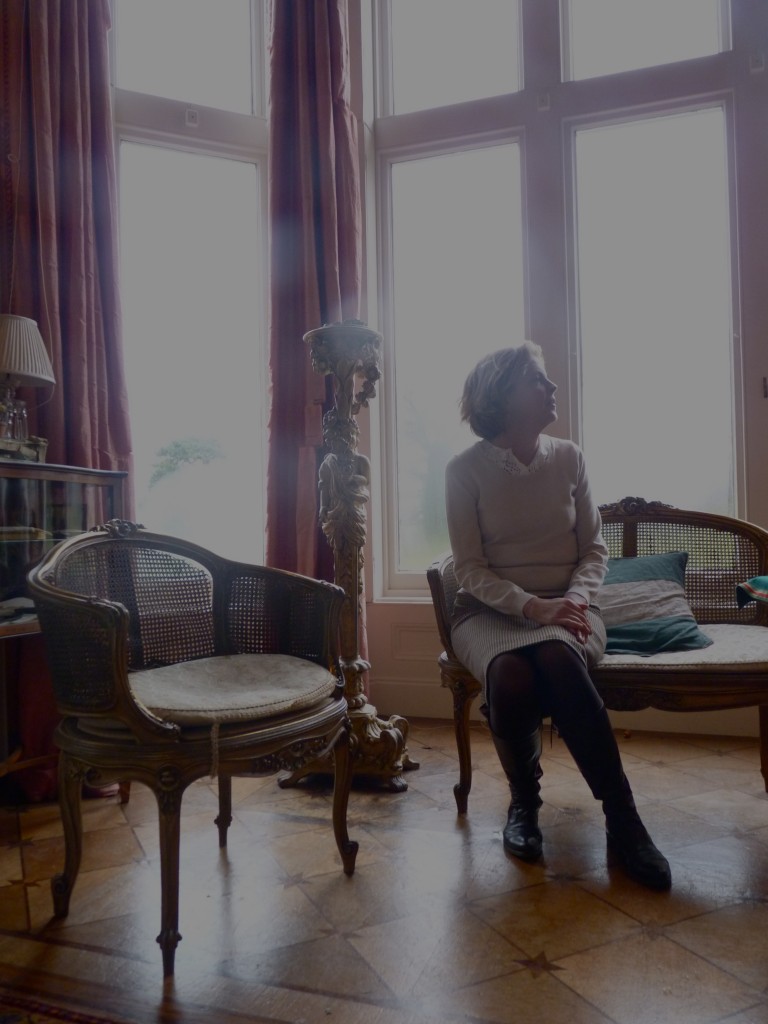
Which brings us inside and to the publication of Twentieth Century Castles in Britain earlier that week. Pictured above, its author Amicia de Moubray lives at Doddington with her husband Richard Oldfield and their family.
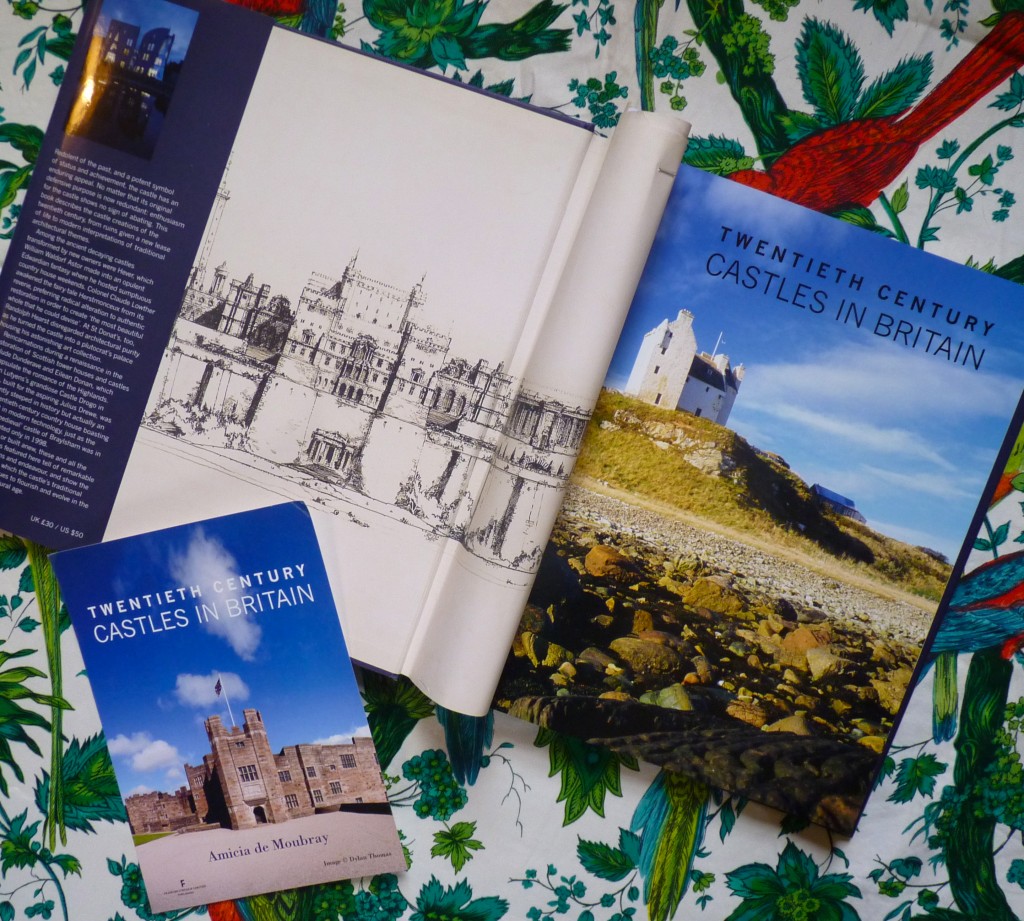
It tells the story of how castle-building continued throughout the 19th and 20th centuries and on, into the 21st. ‘The British love of castles is deeply rooted in their psyche as an island race,’ John Martin Robinson writes in his review published in The Spectator. ‘Children learn to love them from fairy stories and Harry Potter. Castles are an emblem of Britain itself, an island surrounded by a moat. A castle is a place of refuge and safety where we can do what we wish. It has always been a grand symbol of status and success. It is also a two-fingered gesture to modern, bureaucratic, utilitarian society.’
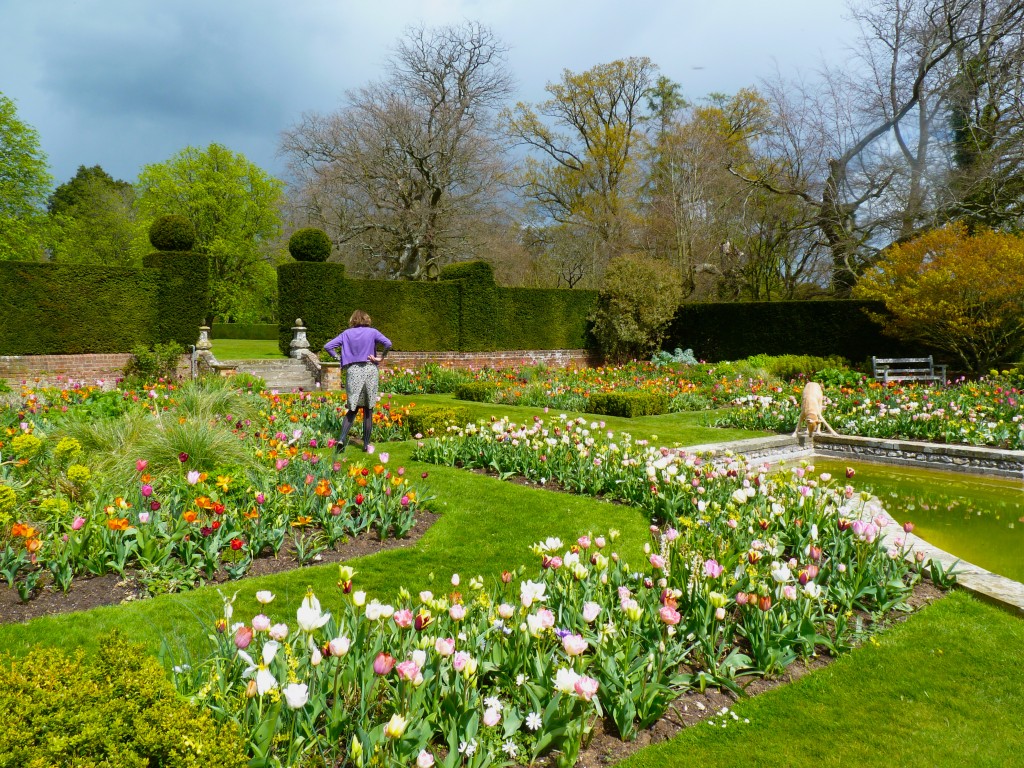
When she is not writing Amicia is mainly in the garden. The grounds here have been open in aid of the National Garden Scheme for more than 50 years: https://www.doddingtonplacegardens.co.uk Doddington’s glorious spring tulip-fest was created and planted with garden designer Kirsty Knight-Bruce, Amicia replanted the Victorian Sunk Garden to a new design. Here she is in fetching Vita Sackville-West-style duds with Winston the lurcher.
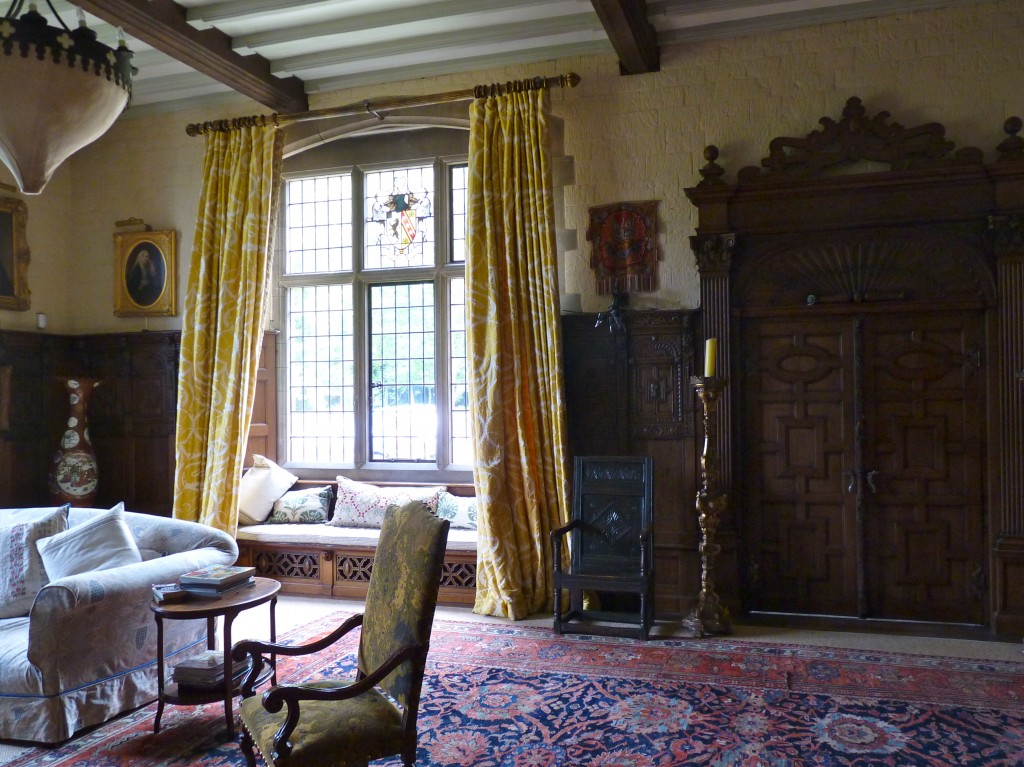
Doddington has a romantic, baronial entrance hall paneled long ago with woodwork salvaged from other, older houses. All over Kent in the last century and a half , castles and houses like this one were being invented, reinvented and domesticated.In Twentieth Century Castles in Britain, Amicia writes about Saltwood and Allington, Hever, Lympne and Leeds Castles with panache and the fluency born of local knowledge.
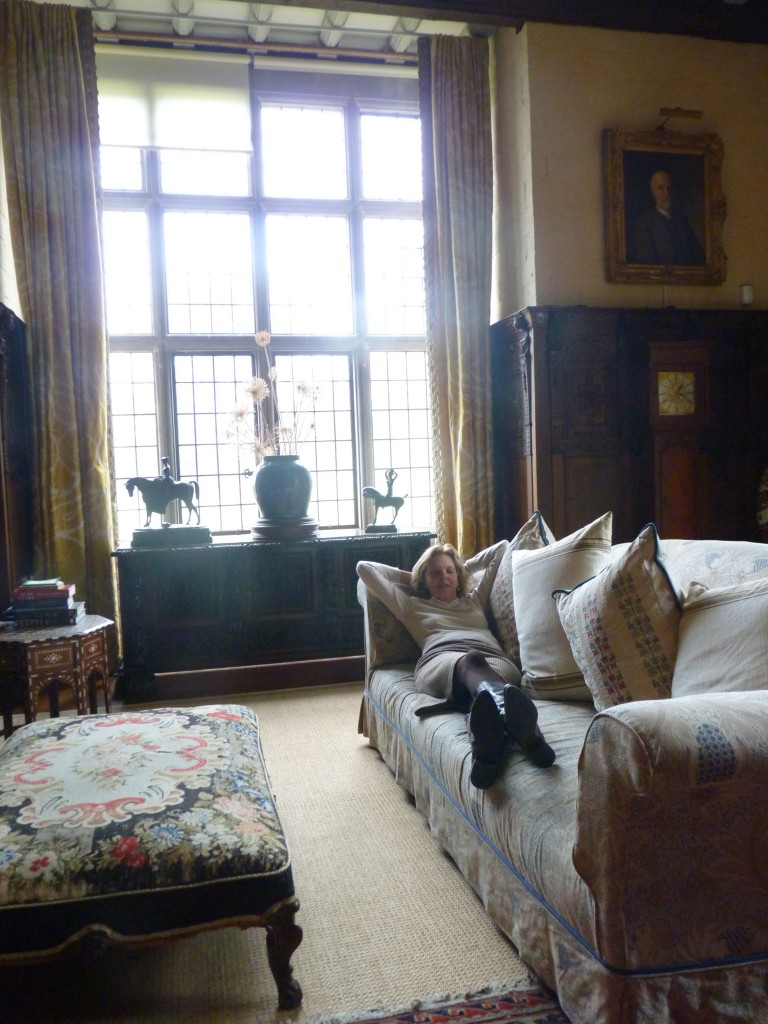
She describes the plutocrats and dreamers who poured their millions into the task of re-roofing ruined keeps, laying causeways and plumbing, heating, decorating and rehabilitating these comfortless, unforgiving structures originally meant to defend and repel. Some like Edwin Lutyens’ Castle Drogo in Devon were brand new, built from scratch. Even modern castles could prove hard to live in and many retired defeated or bankrupted. But the Clarks are at Saltwood still and hundreds of miles to the north, Annie and Lachlan Stewart have built up the sixteenth century ruin that was Ballone, a wild and rugged keep at a cliff’s edge above the Moray Firth. Annie is a designer of great style, Lachie is an architect and their company is ANTA. To sleep in one of Ballone’s thick-walled turret bedrooms during a filthy gale is as good as it gets.
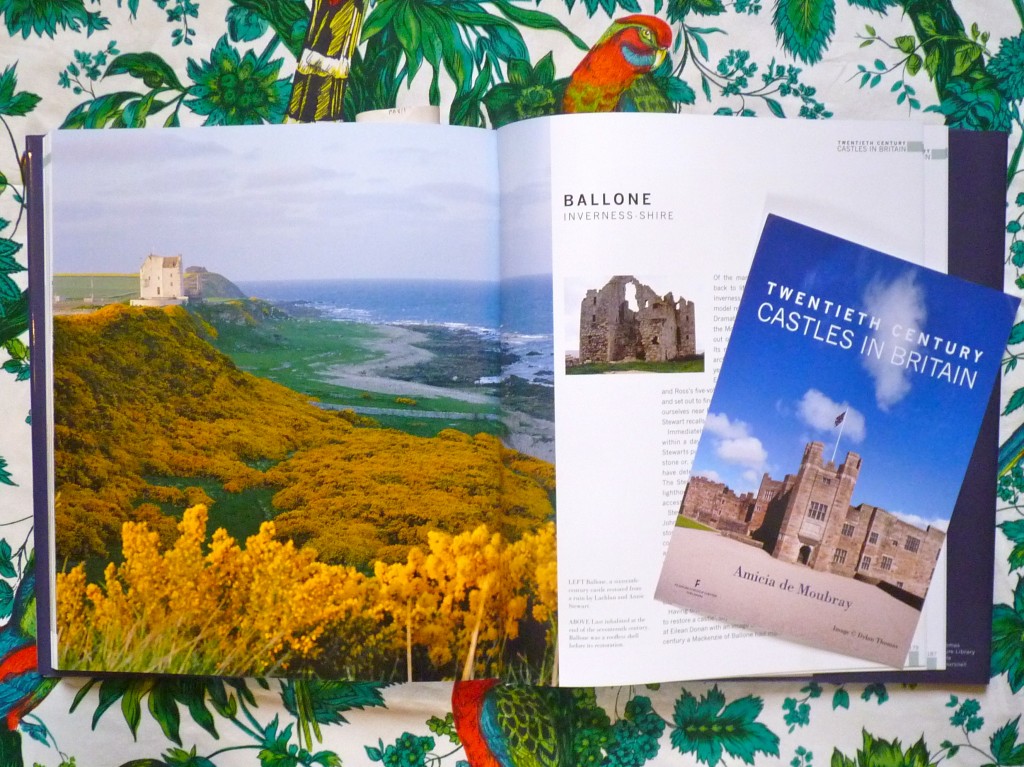
Twentieth Century Castles in Britain by Amicia de Moubray : Ballone Castle in Ross-shire. Annie and Lachie Stewart persuaded the farmer who owned its ruins to sell to them within a day of setting eyes on it, although Lachie had first seen it at the age of seventeen.
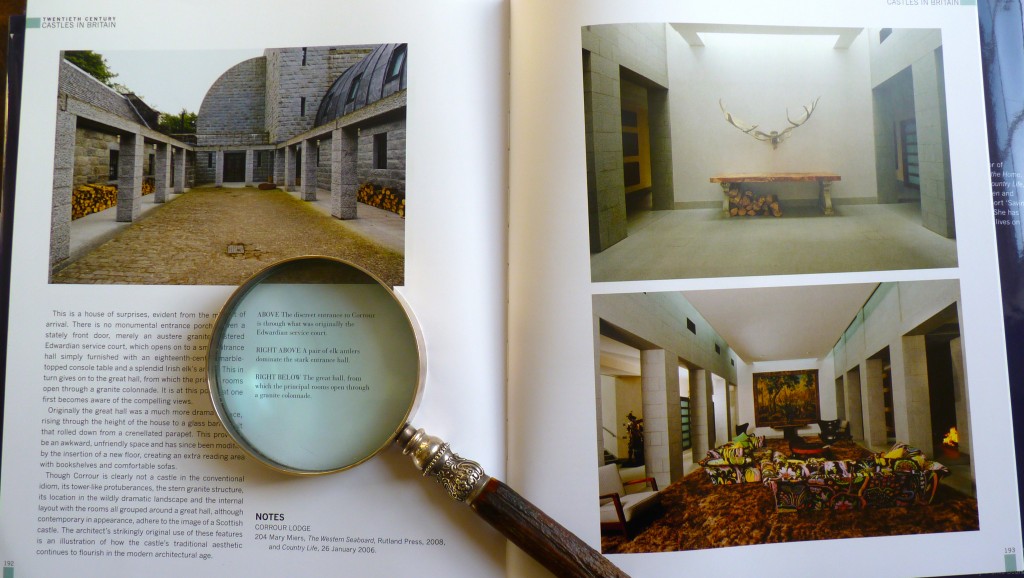
Britain’s latest castle: Corrour Lodge in Inverness-shire, a soaring granite and glass structure built in 2003, with a castle-like plan around a Great Hall. All images copyright bibleofbritishtaste/ A. de Moubray.






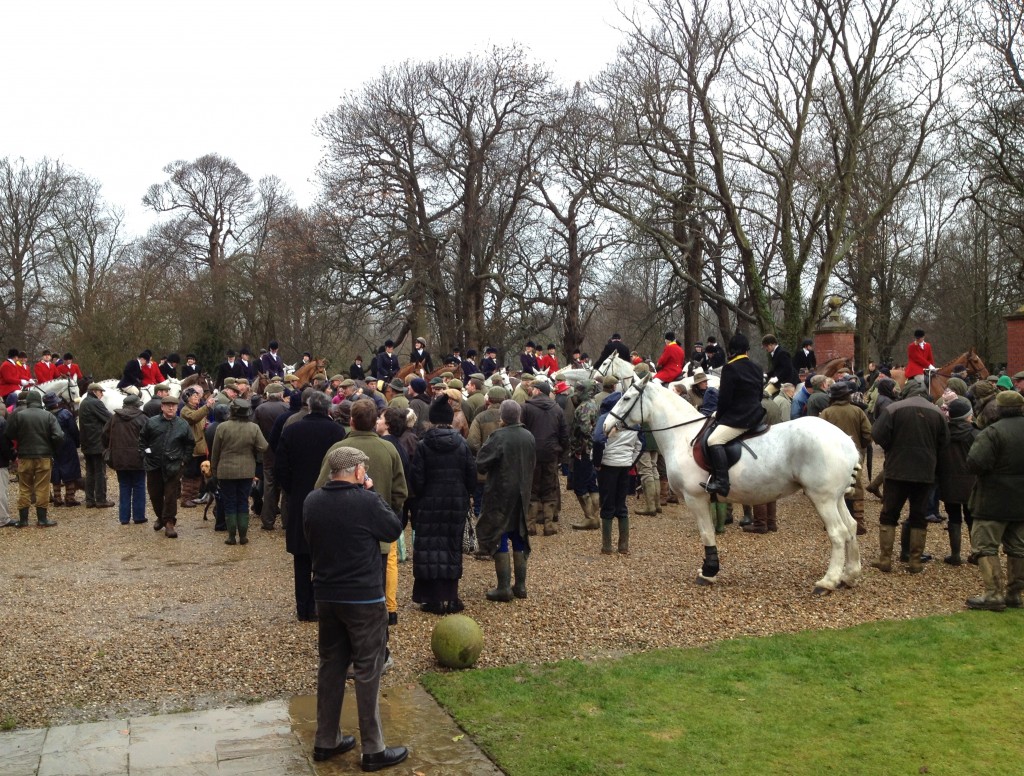
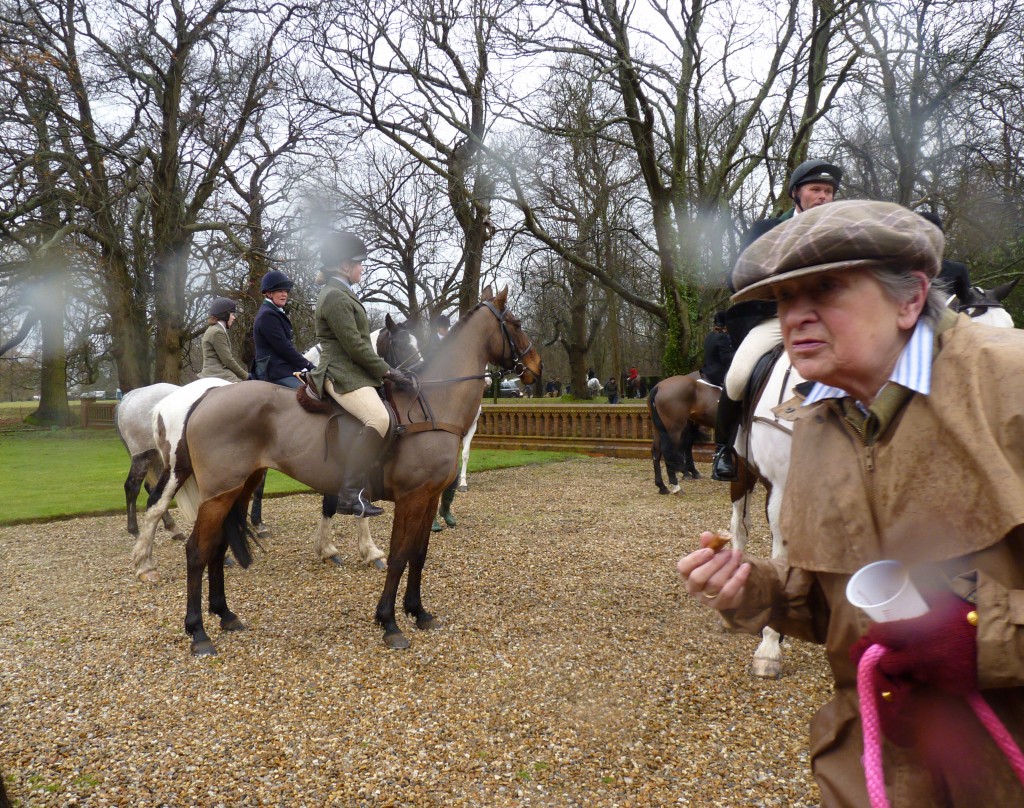
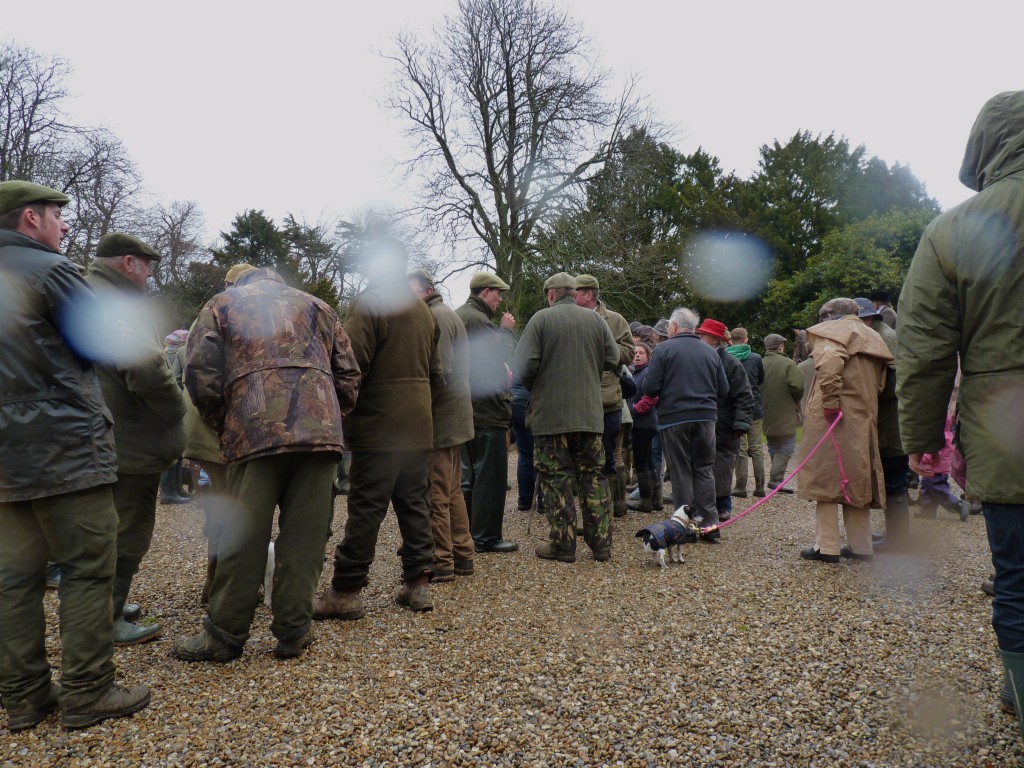
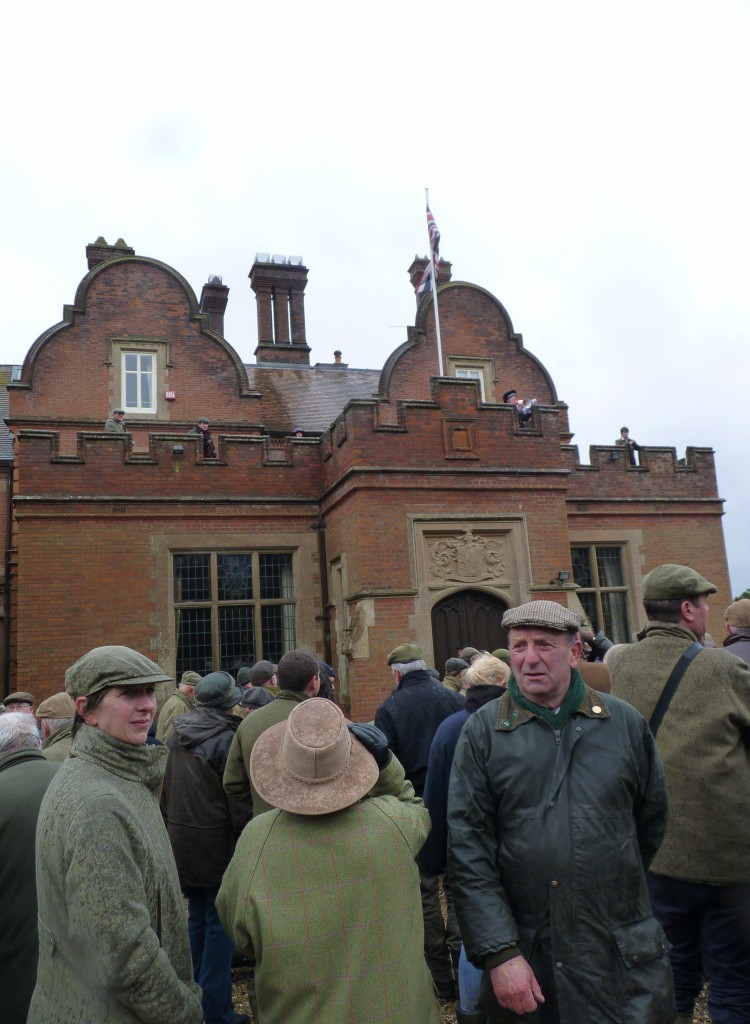

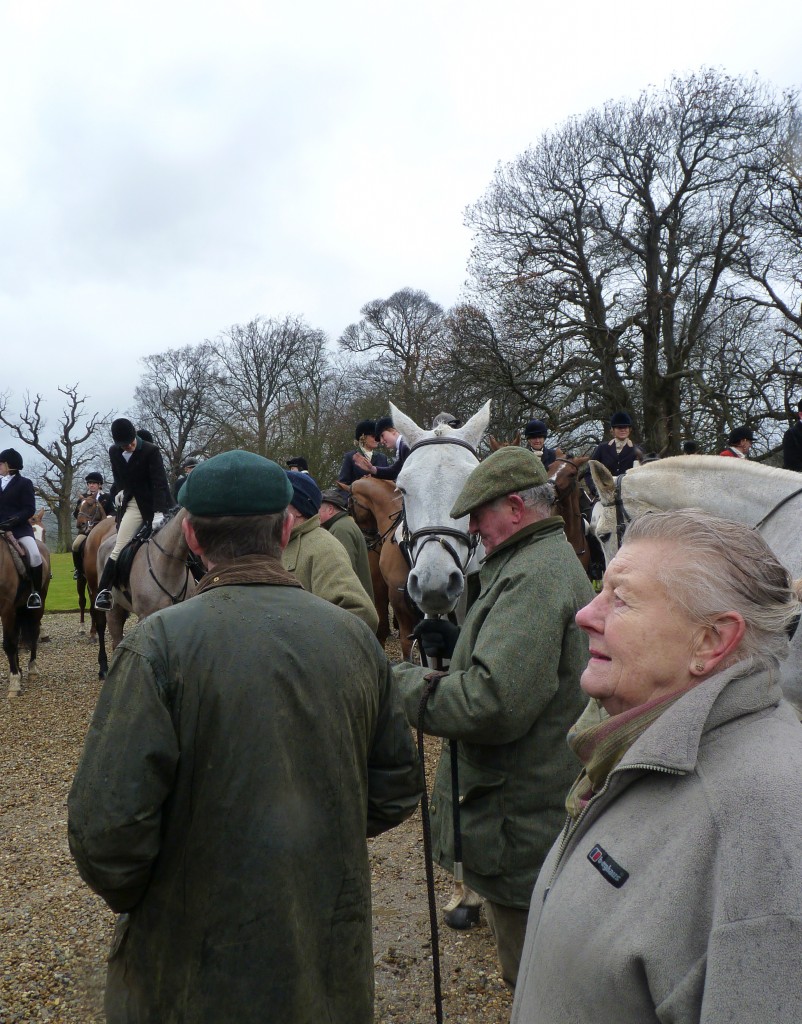
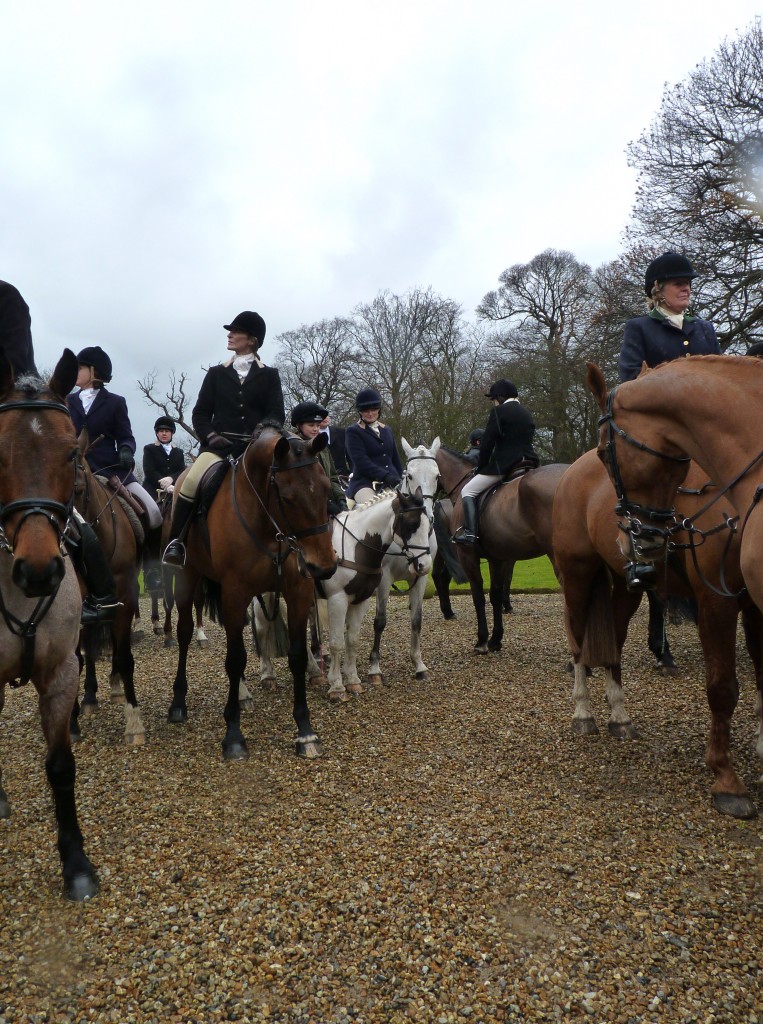
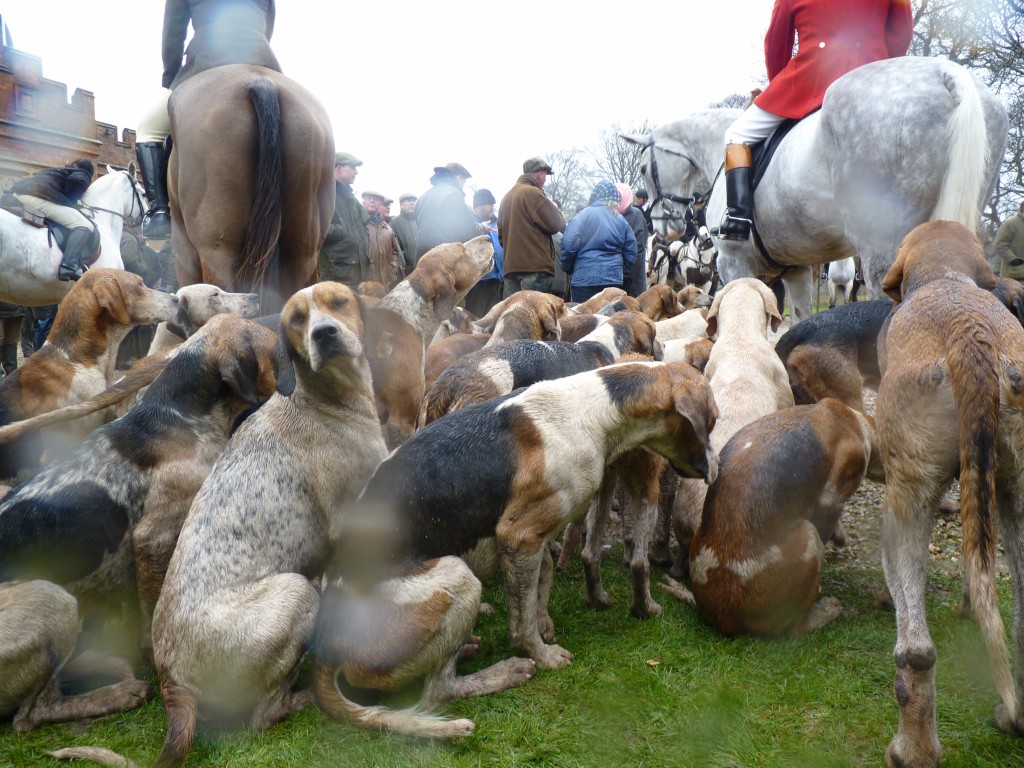
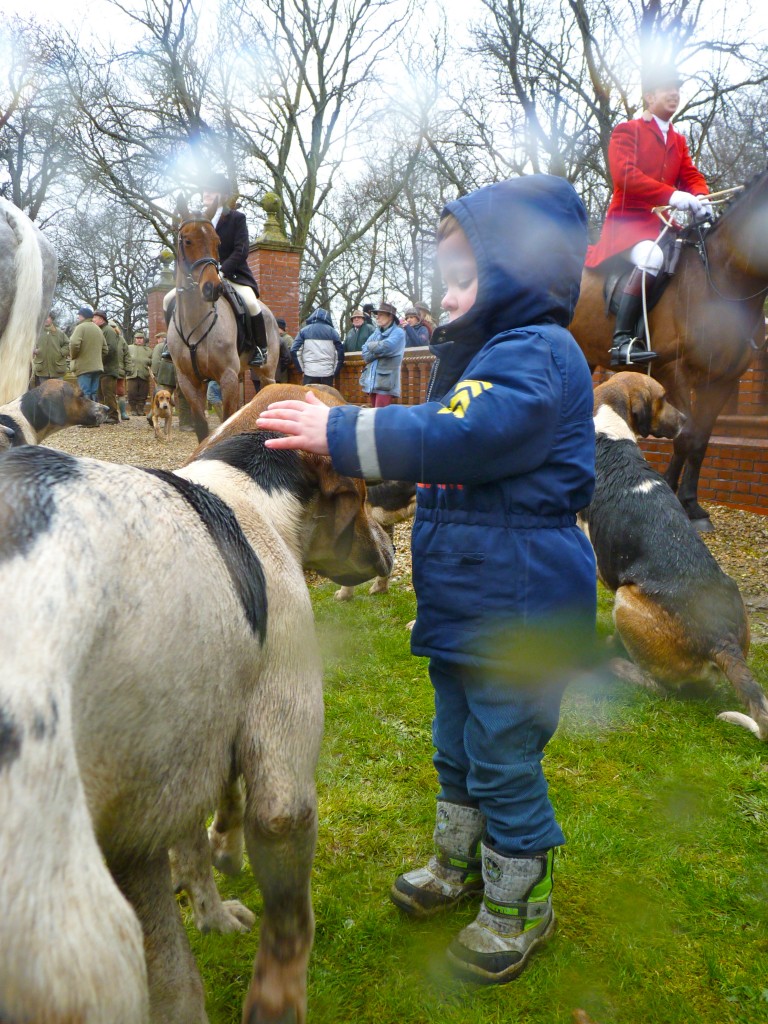
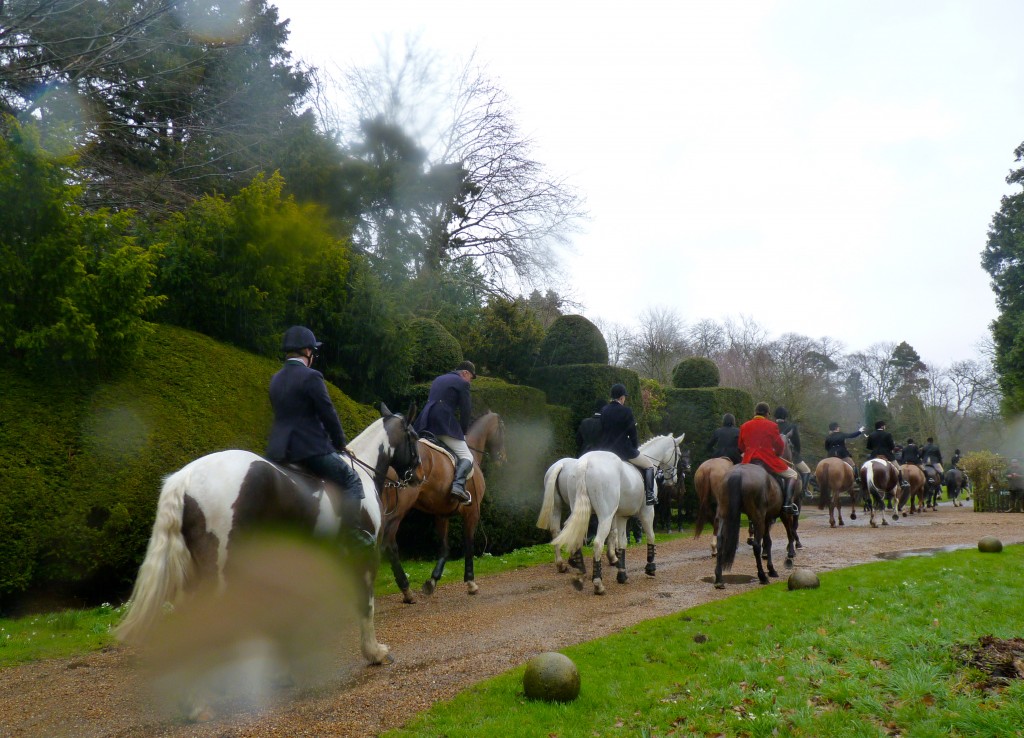
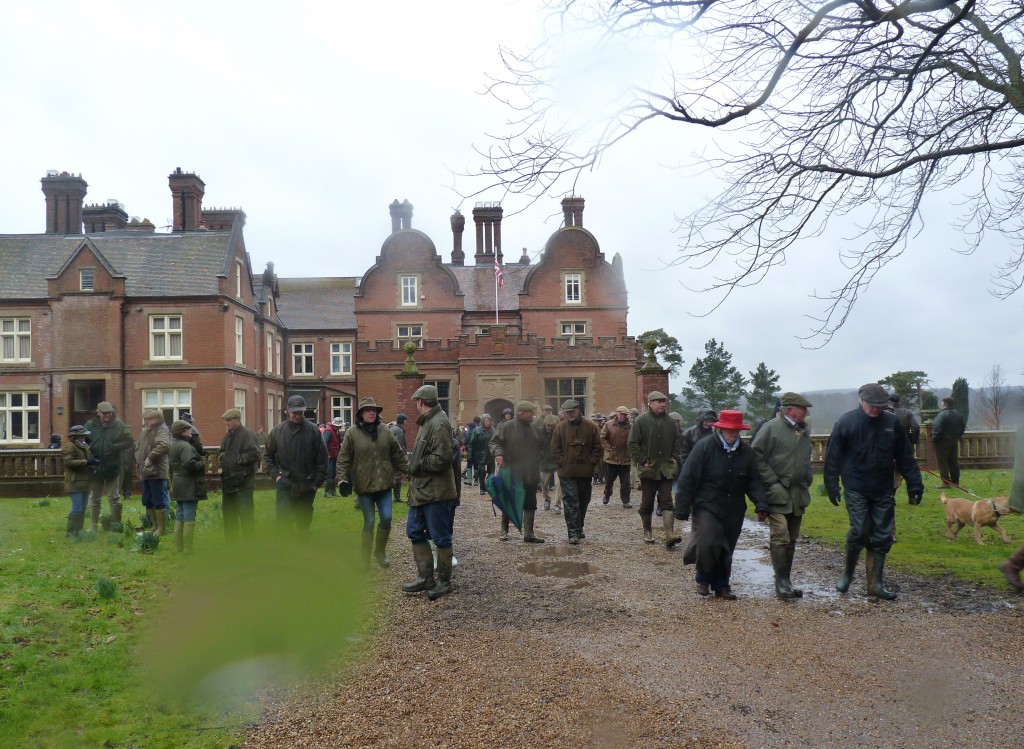
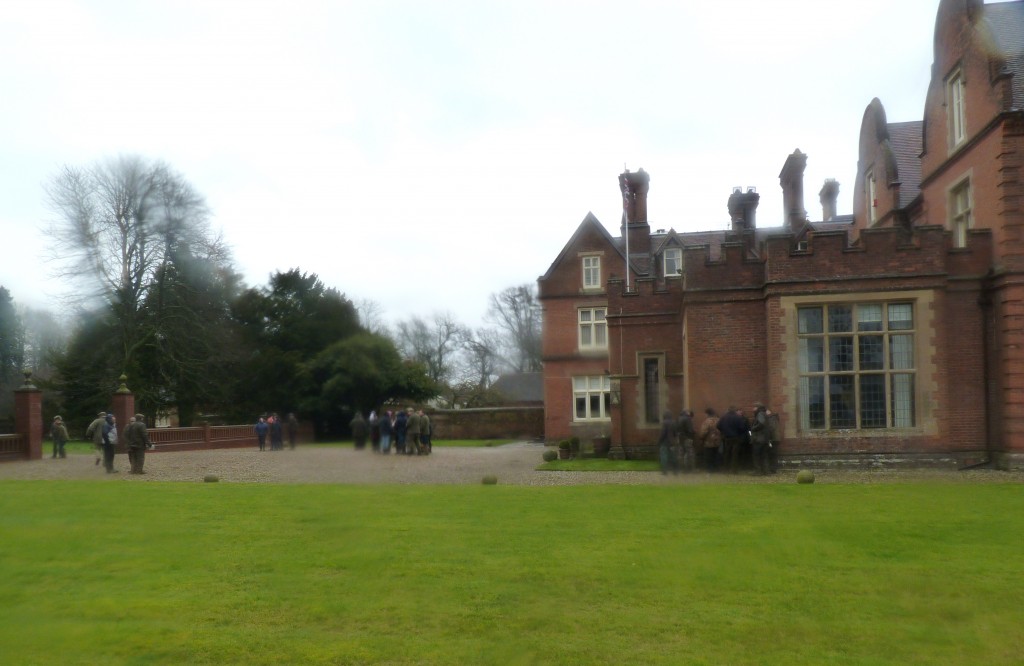
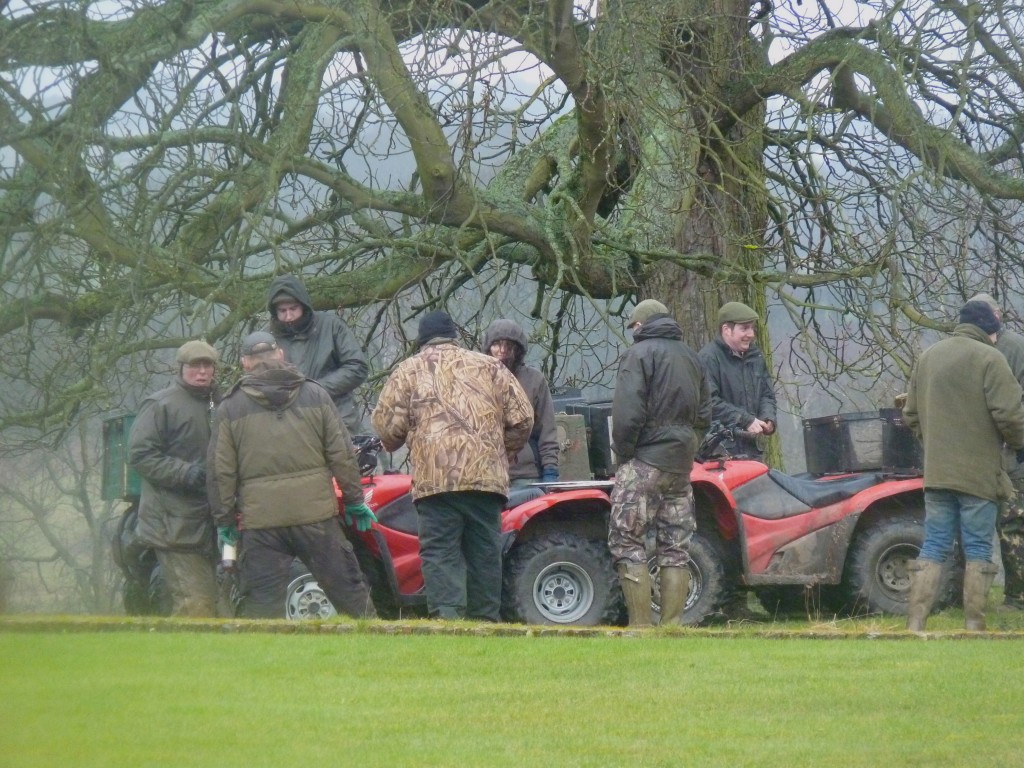
Leave A Comment